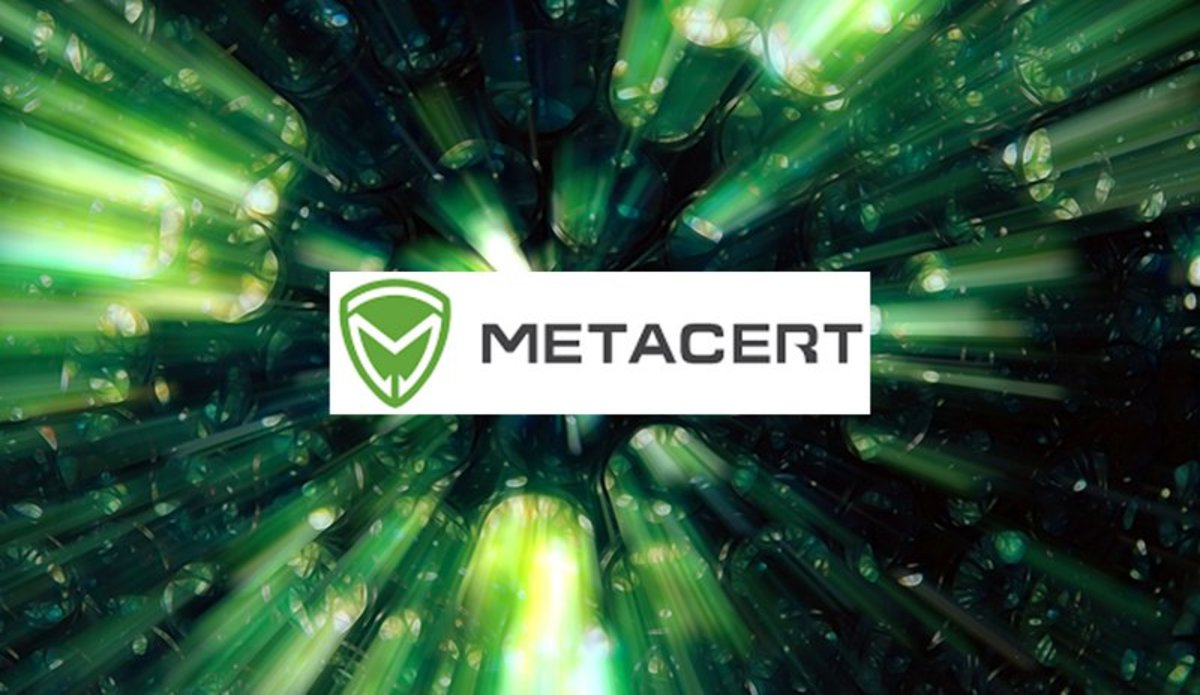
Anti-fraud software company MetaCert has a fix for the simplistic yet frequently effective rackets that have come to plague cryptocurrency’s online communities: Twitter scams.
Cryptonite, as it’s playfully dubbed, is MetaCert’s solution to safeguard users from the fraudulent accounts that orchestrate fake giveaways under the guise of industry leaders. Typically, these accounts masquerade as the blockchain industry’s high-profile individuals. Within the Twitter statuses of the individuals in question, these fraudsters mimic verified accounts with picture-perfect doppelgängers, advertising giveaways that ask users to send cryptocurrencies, usually bitcoin or ether, to an address to receive a larger sum in return.
If you’ve ever glanced a verified Twitter handle for a popular industry figure that reads “Not giving ETH or BTC away,” these schemes are the reason.
Sometimes, these scams are easy to snuff out, especially if the individual being mimicked is verified by Twitter. But Twitter doesn’t verify everyone, especially not in an industry still so niche as crypto.
“How do you know the Twitter account is verified? How do you know it’s not a fake account or a bot that’s going to apply to legitimate messages in the crypto world?” Paul Walsh, CEO of MetaCert, told Bitcoin Magazine in an interview. “Those are the kind of questions we’re looking to answer.”
MetaCert’s answer is Cryptonite, a panacea for the unscrupulous practices Twitter can’t fend off on its own. As a browser ad-on, internet users can install Cryptonite on to Chrome, Firefox or Opera. Once active, Cryptonite will display a green shield for legitimate Twitter accounts to give users a green light for their authenticity. Fake accounts, on the other hand, will be blacklisted with a gray shield to warn users to stay away.
“We built [Cryptonite] because it’s impossible to stay on top of every phishing attack, because they happen so frequently,” Walsh said in the interview.
Cryptonite leverages similar verification techniques that MetaCert has already employed for its Slack and Telegram plug-ins. These integrations were built for the crypto community after Walsh was introduced to the financial losses unsuspecting retail investors had suffered via scam bots or phishing links. Like Cryptonite’s preventative software, MetaCert monitors these groups and scans links and accounts to identify and bookmark bad actors to prevent potential foul play.
While it immediately solves a widespread problem on Twitter, Cryptonite's functionality isn't confined to verifying Twitter handles and tweets. As MetaCert’s multiple cybersecurity iterations demonstrate, Cryptonite’s functionality could have far-reaching ramifications for any number of social media, websites and online applications.
Going forward, the company will experiment to see if it can “decentralize the decision-making process” to verify accounts.
“There’s no way in the world that MetaCert can validate all social media accounts and all bots and all apps — if you combined all the cybersecurity companies together you couldn’t scale it across the entire internet,” Walsh admitted in our interview.
MetaCert's attempt to "decentralize the decision-making process" launched last Wednesday, June 20, 2018, in the form of a private token sale. The idea behind the MetaCert ICO, Walsh explained, is to establish a distributed ecosystem of cyber watchdogs who will verify and upkeep MetaCert’s database of authentic and fraudulent entities.
META, the network’s token, will be used as an incentives system to keep verifiers honest. Under this model, anyone can submit a suspicious link or identity to the network for scrutiny; once it is evaluated and the network’s verifiers (cybersecurity professionals, white hats, etc.) reach a consensus regarding its status, its authenticity or fraudulence is broadcast to the blockchain for reference.
If a company or person would like to have their wallet address, domain name or social media account verified, they will pay in tokens,” Walsh explained in the interview. “The validators then get paid from this for doing the work.”
You don’t, however, have to be the organization or business in question to submit links, profiles and applications for review. Walsh indicated that anyone can submit a request to the network; they just need to stake tokens to have it fulfilled.
“If a person would like to submit domains, social media accounts, bots, apps or APIs for the purpose of classifying as phishing, malware, xxx, sports entertainment or one of the other 60 categories, they must stake some token before they submit. When the validators agree, everyone gets paid in tokens, including the submitter,” he iterated.
MetaCert is launching a token sale to realize such decentralized cyber surveillance, and MetaCert’s suite of offerings have been guiding lights for the crypto community. But Walsh conveyed in the interview that MetaCert’s software has relevance that extends far beyond the cryptocurrency realm.
“We’re building a different version of the WHOIS database. But it’s credible, verifiable, on the blockchain, and it’s not just about domain names, but all web resources: social media accounts, websites, bots, apps and APIs,” he stated.
MetaCert’s protocols, he continued, can be integrated by search engines, social media and potentially even ISPs and Wi-Fi hotspots down the road. Under a decentralized ecosystem, this would mean an internet that’s constantly policing content for malicious actors across every industry and every medium.
This is Walsh’s long-term goal. He claims that “if you’re in the crypto community, chances are, somewhere, you’re being protected by MetaCert and you don’t even know it.” The next step means implementing MetaCert’s cybersecurity services in every niche that might need them.
“I see a world where you feel safe opening a link. I believe in you being able to have the freedom of choice in an open web but giving you the tools to avoid the stuff you don’t want to see. I see ours as the new security protocol for ISPs, Wi-Fi hotspot providers, the Wi-Fi router in your home or office, your browser — whatever it is that provides access to a URI, a source. I want them to integrate MetaCert. That’s my vision.”
To learn more about MetaCert and test its software, visit the company’s website.










